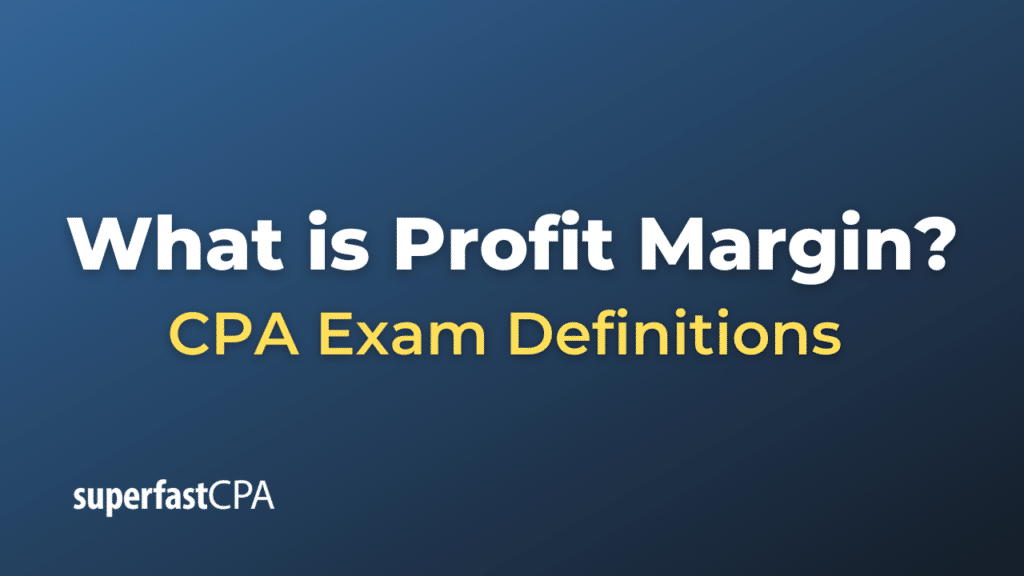Profit Margin
Profit margin is a key profitability metric for a company. It represents the percentage of revenue that has turned into profit. The higher the profit margin in comparison to a company’s total sales, the more profit each dollar of sales brings in.
There are several types of profit margins:
- Gross profit margin: Gross profit margin shows the percentage of revenue that exceeds the cost of goods sold (COGS). It’s calculated as follows:
Gross Profit Margin = (Gross Profit / Revenue) x 100
Where Gross Profit = Revenue – Cost of Goods Sold (COGS) - Operating profit margin: Operating profit margin includes not only COGS but also operating expenses like wages, utilities, and depreciation. However, it excludes interest and taxes. Here’s the formula:
Operating Profit Margin = (Operating Profit / Revenue) x 100
Where Operating Profit = Gross Profit – Operating Expenses - Net profit margin: Net profit margin considers all expenses, including taxes, interest, and non-operating expenses. It’s the most precise measure of a company’s profitability. The formula is:
Net Profit Margin = (Net Profit / Revenue) x 100
Where Net Profit = Operating Profit – Taxes – Interest
Profit margin provides insight into the company’s pricing policies, cost structure, and production efficiency. Different industries have different average profit margins, so it’s often more useful to compare the profit margins of companies within the same industry rather than comparing profit margins across industries.
Example of Profit Margin
Let’s use an example to illustrate the different types of profit margins.
Suppose you own a business that makes and sells widgets. Here’s a simplified income statement for your business for the last fiscal year:
- Revenue (Sales): $500,000
- Cost of Goods Sold (COGS): $200,000
- Operating Expenses: $100,000
- Interest: $10,000
- Taxes: $20,000
Using this information, we can calculate the three types of profit margins:
- Gross Profit Margin: First, we need to calculate the gross profit.
Gross Profit = Revenue – COGS = $500,000 – $200,000 = $300,000
Then we can calculate the gross profit margin as follows:
Gross Profit Margin = (Gross Profit / Revenue) x 100 = ($300,000 / $500,000) x 100 = 60% - Operating Profit Margin: First, we calculate the operating profit.
Operating Profit = Gross Profit – Operating Expenses = $300,000 – $100,000 = $200,000
Then the operating profit margin is:
Operating Profit Margin = (Operating Profit / Revenue) x 100 = ($200,000 / $500,000) x 100 = 40% - Net Profit Margin: First, we calculate the net profit.
Net Profit = Operating Profit – Interest – Taxes = $200,000 – $10,000 – $20,000 = $170,000
Then the net profit margin is:
Net Profit Margin = (Net Profit / Revenue) x 100 = ($170,000 / $500,000) x 100 = 34%
So, for every dollar of product sold, the company makes a gross profit of $0.60, an operating profit of $0.40, and a net profit (after all expenses) of $0.34. This gives an indication of how efficiently the company is run and how well it manages its costs.













